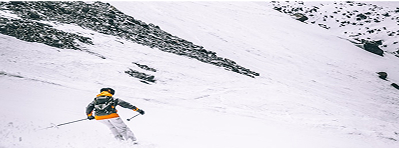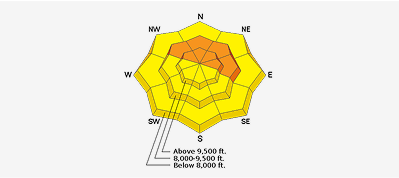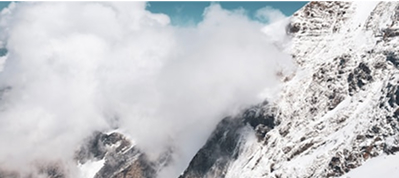Observation Date
12/9/2017
Observer Name
B
Region
Salt Lake » Big Cottonwood Canyon » Brighton Perimeter
Location Name or Route
Brighton Perimeter
Today's Observed Danger Rating
Low
Tomorrows Estimated Danger Rating
Low






